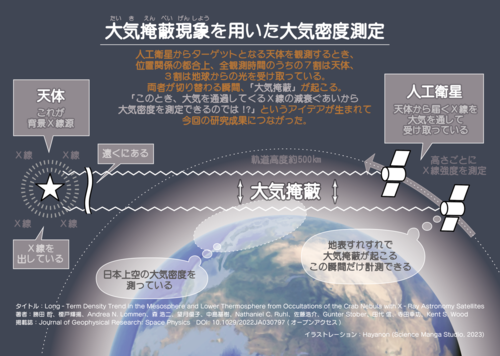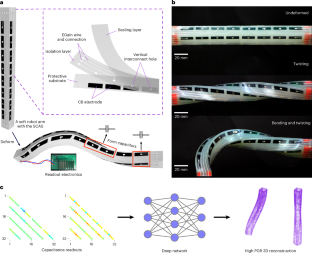2023-02-22 ローレンスリバモア国立研究所(LLNL)
◆噴出物とは、ある領域から強制的に放出される物質の粒子です。この現象は、火山噴火、惑星への小惑星衝突、宇宙船や人工衛星の表面遮蔽、粉末溶射やレーザー誘起材料アブレーションなどの工学的応用など、多くの複合的な分野で観察されている。
◆Journal of Applied Physics誌に掲載された論文の主執筆者であるGarry Maskaly氏によると、研究チームは、衝撃波が密度の異なる2つの流体と相互作用して分離するリヒトマイヤー-メッシュコフ不安定性(RMI)には基づいていない浅気泡崩壊(SBC)というこれまで知られていなかった噴出物の生成メカニズムを特定したとのことです。RMI噴出物は以前、衝撃駆動型金属噴出物の主原因と考えられており、数十年にわたる研究の対象となってきました。
◆この研究は、LLNL、ロスアラモス国立研究所(LANL)、カリフォルニア州サンタバーバラにあるネバダ国家安全保障サイト特殊技術研究所(NNSS-STL)の活発な協力関係がなければ実現しなかった、計算と実験の相互作用のプロセスでした。
◆このチームは、様々な衝撃条件の高解像度モデリングを使用して、RMI理論とは計算上異なる挙動を示す領域を特定しました。チームはこれらの条件を評価するために実験を計画し、実地調査を行いました。WSC のコードと LLNL の HPC リソースは、 この作業に不可欠でした。
◆金属表面からの衝撃駆動型イジェクタの生成は、金属の自由表面を用いた高爆発駆動型の実験においてしばしば発生します。
◆この研究の主要なハイライトは、SBCメカニズムが、同様の衝撃強度で作られたRMIイジェクタよりもはるかに高い温度(2倍)で、実質的に多くのイジェクタ(10倍)を生成できることを要約しています。
<関連情報>
- https://www.llnl.gov/news/collapsing-bubbles-show-new-ejecta-production-mechanism-can-occur-under-multiple-shock
- https://aip.scitation.org/doi/10.1063/5.0132256
浅い気泡崩壊に基づく非Richtmyer-Meshkov不安定性エジェクタの生成 Non-Richtmyer–Meshkov instability ejecta production based on shallow bubble collapse
G. R. Maskaly, G. D. Stevens, B. M. La Lone, W. D. Turley, M. D. Staska, F. M. Najjar and T. M. Hartsfield
Journal of Applied Physics Published:12 January 2023
DOI:https://doi.org/10.1063/5.0132256

ABSTRACT
The study of shock-driven ejecta production has focused on Richtmyer–Meshkov instability (RMI) growth from geometric features of the material surface. Extensive study of this mechanism under both single- and multiple-shock conditions has found that the ejected mass tends to be closely associated with the shocked surface phase, and its temperature is not dramatically greater than the hydrodynamic shock temperature of the bulk. In this work, we propose and demonstrate a new ejecta production mechanism that can occur under multiple-shock conditions based on the collapse of bubbles near the free surface of the material. This mechanism produces ejected mass that is much greater in quantity than observed in the RMI case. The particles are much hotter than predicted by the shock Hugoniot state, and the ejected mass does not appear to be strongly dependent upon initial surface finish. The ejecta source extends into the material with no clear remaining free surface. We name this mechanism Shallow Bubble Collapse (SBC) and discuss the conditions under which it activates. We demonstrate resolved modeling methods that enable the calculation, design, and study of SBC as a mechanism and perform a series of experiments to compare with the models. Under some multiple-shock conditions, SBC ejection produces ten times more ejected mass than RMI growth



